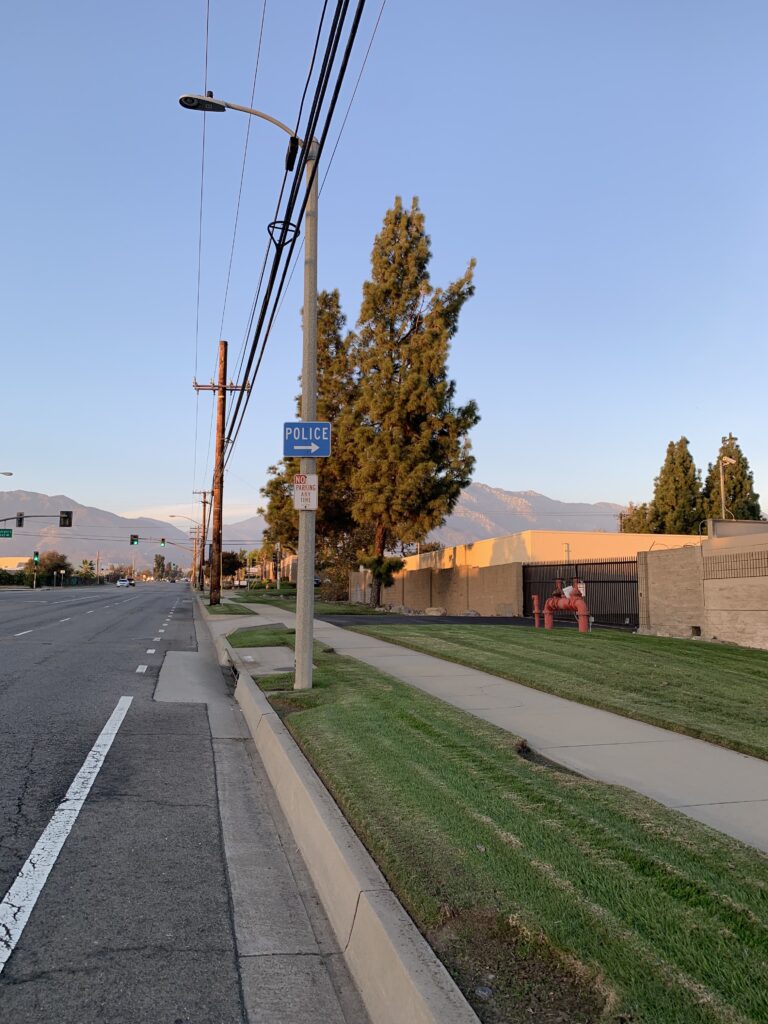Federal housing policy and the popular imagination has long posited suburbs as the locus of opportunity and socioeconomic mobility in the United States. Yet as the number of poor, immigrant, Black, and Latino suburban residents increases dramatically (Lacy 2016), these benefits have not always materialized. In fact, the diversification of suburbia has not eliminated racial segregation, and in some cases, has elicited “suburban revanchism”—a punitive assault on those deemed responsible for the “theft” of the suburbs (Kirkpatrick and Gallagher 2013). Over the past decade, scholars have also noted a proliferation of “big data surveillance” in local policing (Brayne 2017). While proponents claim that it has the potential to reduce racial bias and facilitate greater accountability, these technologies threaten rights to privacy and may further target and stratify already disadvantaged populations. Empirical research on “smart city” police surveillance largely focuses on cities like Los Angeles and New York, even as adoption of these technologies extends into suburban and rural communities. In June 2020 alone, for example, roughly 40 mostly suburban law enforcement agencies signed agreements with Amazon Ring, facilitating police access to video and audio footage from thousands of doorbell cameras aimed at the street. The vast majority of these places, from the suburbs of Orlando to the suburbs of Sacramento, also saw unprecedented protests that same month following the police killing of George Floyd. Drawing on data from the Electronic Frontier Foundation’s Atlas of Surveillance, my research explores whether and how police adoption of big data surveillance technologies (e.g., Amazon Ring partnerships, automated license plate readers, and body-worn cameras) varies across cities and suburbs in California and what it means for regional equity and belonging.
Preliminary findings show adoption of surveillance technologies across both urban and suburban jurisdictions in California. With the exception of technologies like facial recognition software and automated gunshot detection, adoption is not limited to the large urban departments and extends far into the suburban periphery, including in small and relatively low-crime communities. With little to no community engagement around adoption and extremely limited civilian oversight around their use especially in suburban jurisdictions, these technologies are likely to exacerbate racial inequality across the metropolis. In the future, I hope to expand the scope of the project beyond California and the United States.
2021 Summer Research funded by Global Metropolitan Studies

